Being Unapologetically Francesca Simone
This interview of Francesca Simone originally appeared in the print version of She Shreds Issue #16, which was released in December 2018.
At just 22 years old, Francesca Simone (Simone being her middle name, which she goes by casually) is already proving herself to be a trailblazer. With her soulful shredding and laid back Los Angeles vibe, Simone has a style of sound all her own. When one of her viral performance videos caught the eye of Beyoncé’s music director for Coachella, Simone’s world exploded. She soon found herself playing guitar solos alongside Beyoncé at one of the biggest festivals in the world, earning a regular gig on The Formation World Tour. She recently joined R&B artist Kehlani’s latest tour as lead guitarist, and just released her first single, a dreamy instrumental track called “Still.”
We talked to Simone from her apartment in L.A.—where she’s currently working on new material—about discovering her influences, channeling emotion through her music, and the value of taking creative risks.
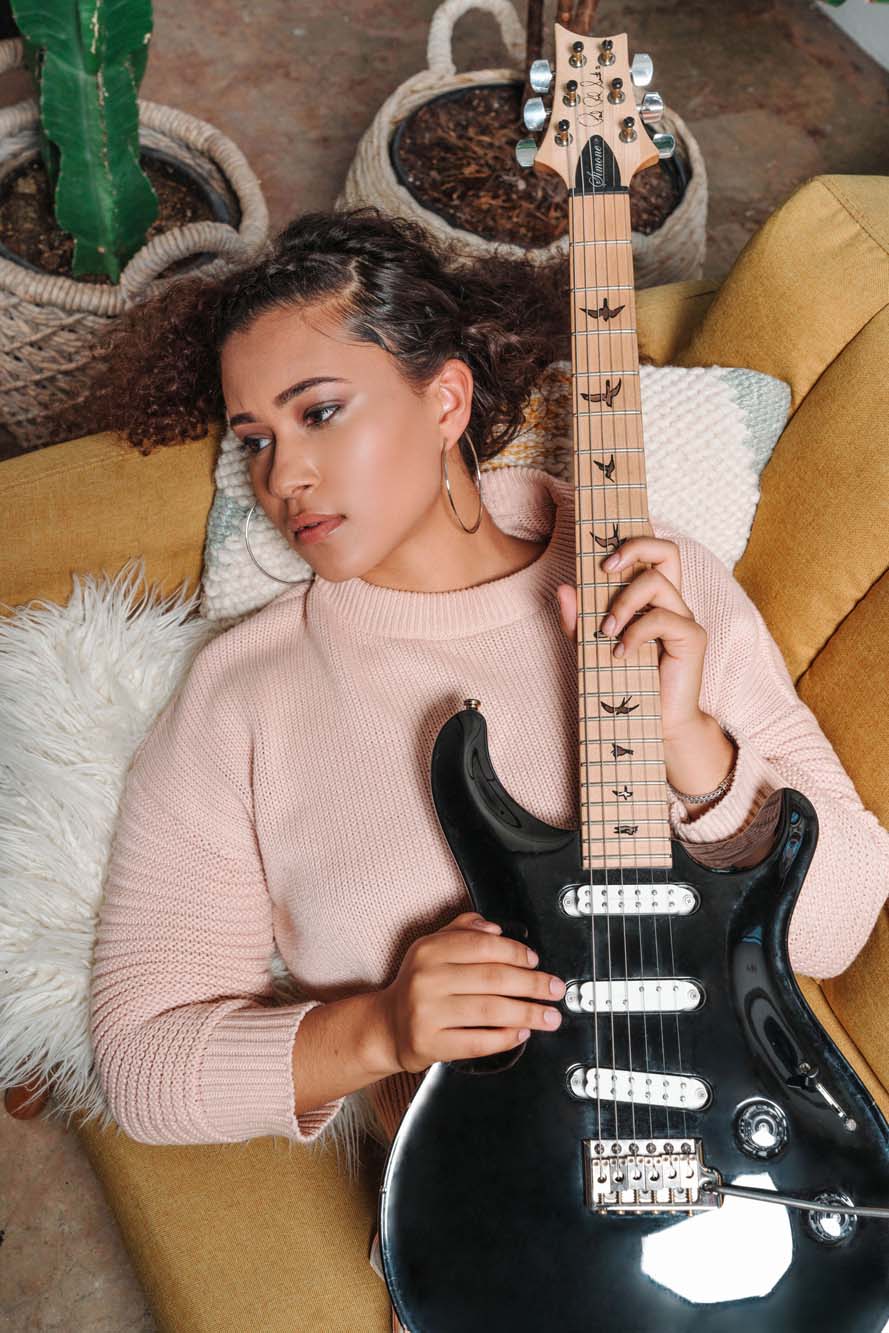
She Shreds: Let’s start with influences. You’ve mentioned Carlos Santana in previous interviews, but are there others who have shaped you as an artist?
Francesca Simone: Definitely Santana. He’s why I started playing guitar. In high school, I started studying jazz more seriously—musicians like George Benson, Pat Martino, Pat Metheny. Right now I’m really into this musician named Plini; he’s super dope, he mixes metal with melodic guitar. There are also some cool guys on YouTube that I listen to and transcribe.
You seem to be into a lot of different genres, from jazz to rock to metal. How do you feel your influences filter into your own music?
I think I’ve developed a certain sound. When I learn a new riff or lick, I can play it and it will always feel like Simone played it. I think at this point, listeners can hear my sound and know that I’m playing. Any time I learn something, I’m always expanding my vocabulary, but it will also always sound like me, like the way I play.
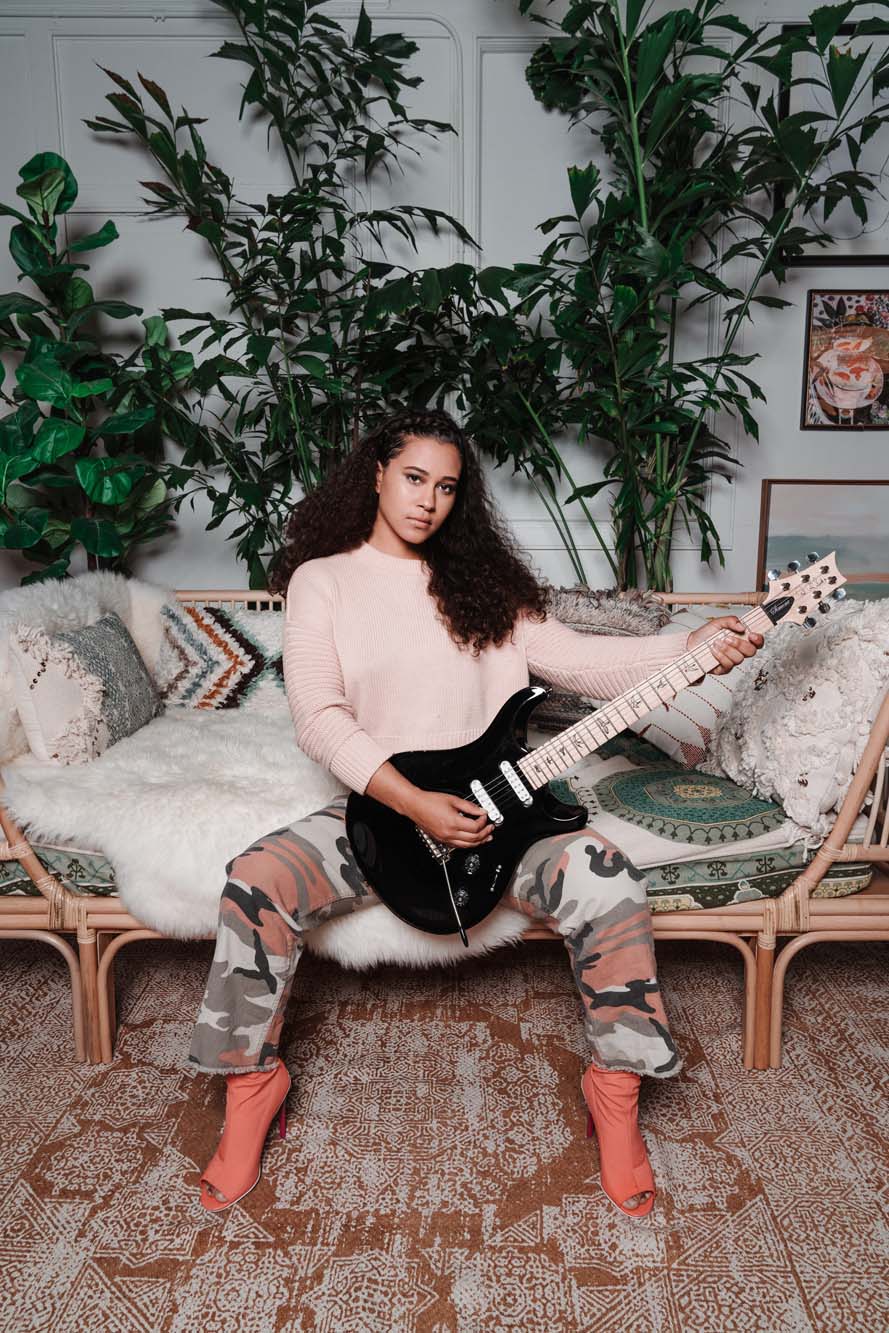
Yeah, I think a lot of your music has “feel,” that place where you can be in the moment and not overthink. How do you find the feel in your music?
I think it happens with every art form—you get the technical aspect of it down and you stop thinking. The music just takes over me and it’s like I’m not even playing the guitar. I’m so in the moment and able to let go of all my fears, not worrying about, “Did I play this right? Do I look right?” I think that’s when people really feel something.
Because a lot of my music is instrumental, it’s really important to have a story in [my] head and [to] try to channel emotion. When I had a solo on the Formation tour with Beyoncé, it was during one of her costume changes, so it was just me on stage. I played a medley of three different songs: one of the Weeknd’s songs, “New Slaves” by Kanye West, and Beyoncé’s “Don’t Hurt Yourself.” There was fire on stage behind me. It was super epic, but also really dark. Before I went on stage, I would think of something that made me feel sad or angry and just go out with tears in my eyes, ready to channel my emotions. People really need to feel that anger, or any emotion, even if it’s just through the guitar.
That was something I learned from being a part of that tour. Everything that you do in art, you have to channel that emotion. As humans, we’re emotional, so that’s the only way you can really connect with anybody.
How did you feel about getting the opportunity to perform with Beyoncé on the Formation tour and at Coachella?
If you’re a musician, the highest place you can be is on stage with Beyoncé. I got the call [for Coachella] when I was 19, so it was a complete shock to me. I went from playing for 100 people to playing for 100,000 people. I had to grow up fast and learn a lot really quickly. It was stressful, but I learned so much and it really was the best experience of my life. It’s made me a better performer. I used to have stage fright. I would be like a statue on stage. But I worked really hard in front of mirrors and my stage presence got better, especially doing that solo.
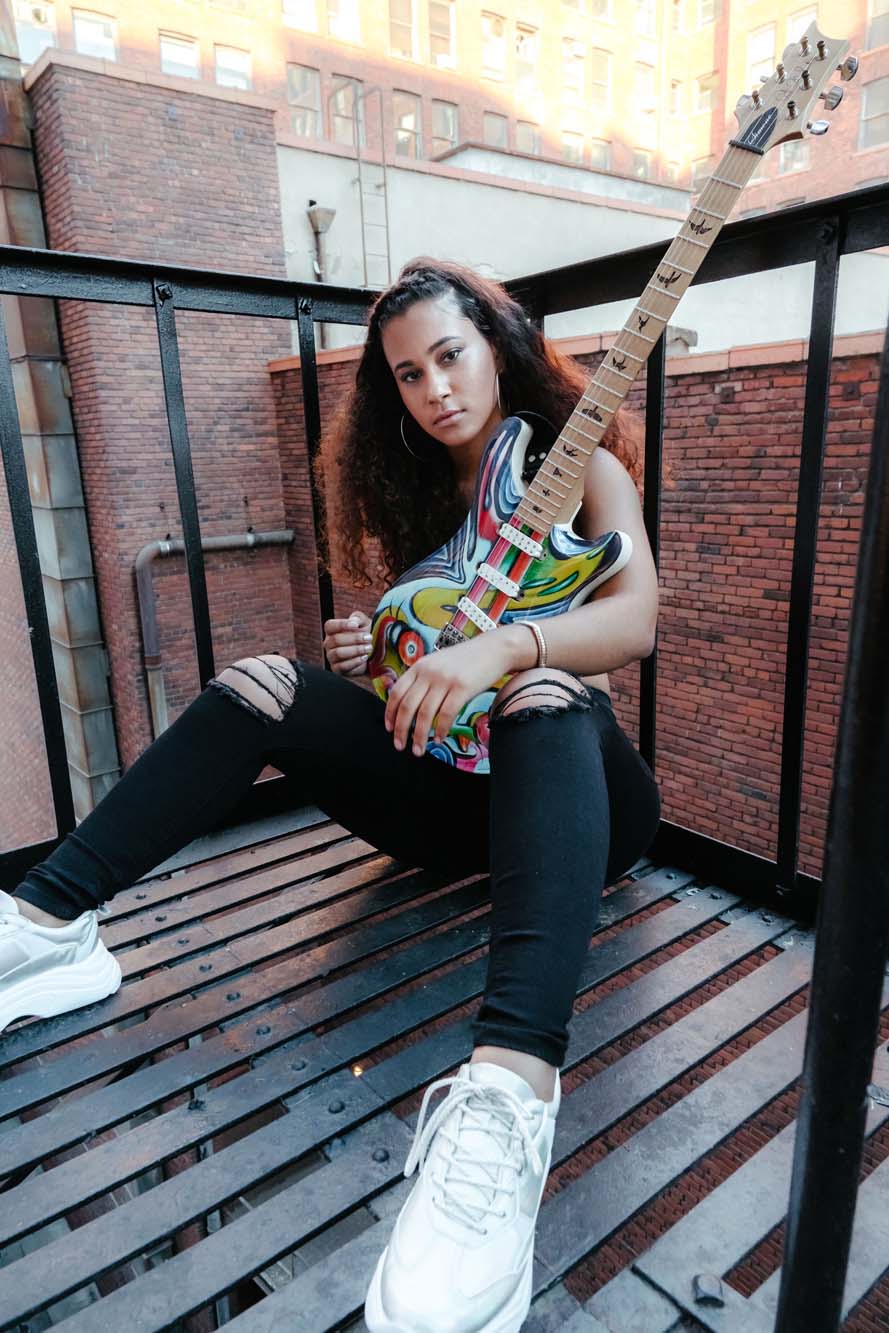
You have a lot of amazing collaborations with other artists on your Instagram, including guitarists like Melanie Faye and R&B singers like Kalin White. Do you tend to seek out collaborations with artists working in other genres? What draws you to collaborate?
Artists are like paints. When you mix two artists together, you get this really unique shade. There could be an artist that is super hip hop, and I come from a more melodic guitar vibe—what would it be like to mix the two together? Genre blending is so important these days. All the genres are blending together and it’s hard to classify artists anymore. Everyone is just doing music. So when I’m collaborating with artists, I’m always trying to bring my most authentic self to the table and be aware of where I am today. I want to express myself through my guitar in the most genuine way.
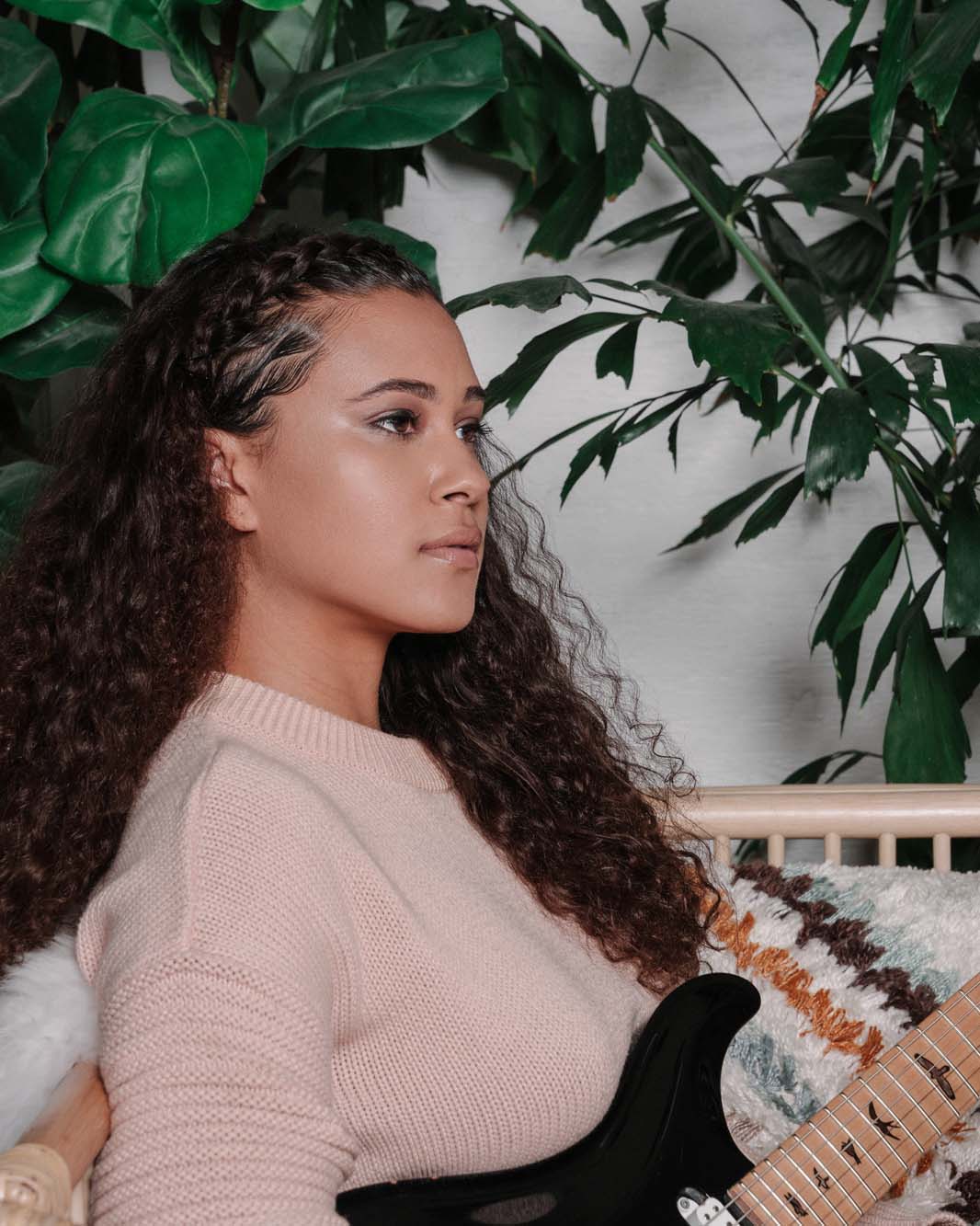
I’ve spotted your amazing kaleidoscopic guitar in your videos and live performances. What’s its backstory?
After I wrapped up a tour, I got my first place in L.A. in an apartment complex. My neighbors were husband and wife; the husband plays jazz saxophone, and the wife is a painter named Nevena Binney. We became really good friends and one day I had this idea [for Binney]: what if she painted my guitar? She was up for it, so I gave her an outline of my guitar drawn on a piece of paper. She painted a piece on cardboard and we took a picture of it. Then we had a vinyl wrap company make a printed sticker. We took off the strap, knobs, and strings of my guitar to put on the sticker, and then when it was all done I named the guitar Jupiter. I love bright colors so I definitely feel like it represents me.
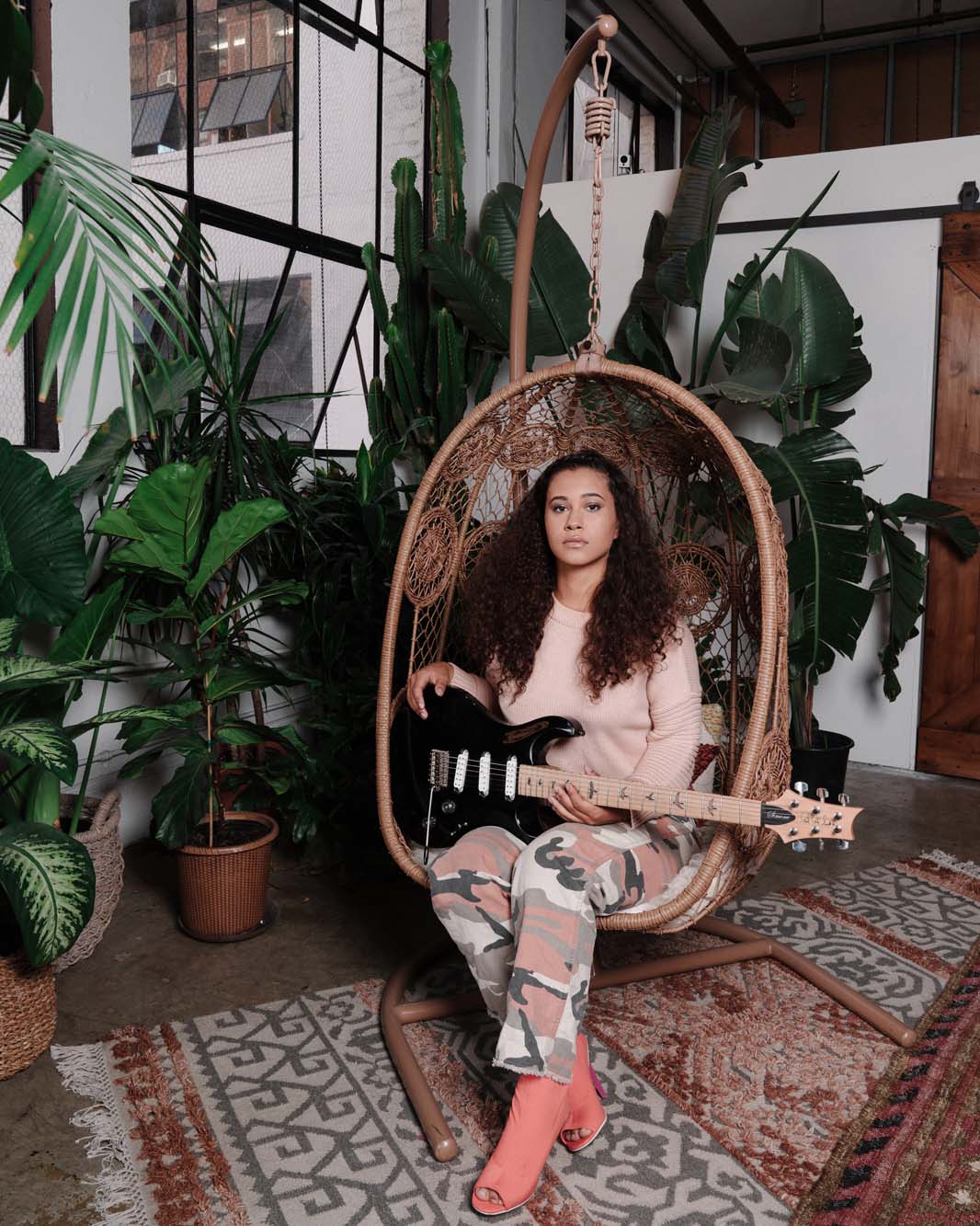
Speaking of Jupiter and gear, you recently became an ambassador for Orange Amps. What draws you to their gear? What’s your current gear set up?
Right now I play the Rockerverb 50 Combo. The first time I played it was at NAMM (National Association of Music Merchants), just after Coachella. During Coachella, I was using Axe-Fx, and it’s like night and day when you play through a tube amp. When I played through the Orange amp, I literally got chills and became obsessed with it. Their distortion tone is really dope too, even without pedals.
I also use EarthQuaker pedals. They have cool tones that have inspired me to write and produce. And Seymour Duncan pickups for my PRS 305. I’m not a gear freak necessarily, but I love my set up right now. I feel like I’ve found gear I really like to play.
You’ve mentioned that you’re getting more into production. What’s that process like for you? Do you prefer to produce your own music?
I feel like I’ve always been a producer. I’ve been playing piano since I was three and guitar since I was 11. I’m always hearing chords and melodies, so I’ll put them down and sing into my mic. I’ve been in the studio with different producers, and sometimes I feel like we could have written a catchy song or cool hook, but it doesn’t feel like me. After working with different producers, I realized I could learn to produce myself. I decided to stop working with other producers and figure out who I am and what my sound is.
You have a large online following and an active social media presence. Do you feel your online fan base has helped you grow as an artist?
Definitely, though I do have a love-hate relationship with social media. I feel like a lot of people can get wrapped up in it and think it’s the real world. You start to feel like you’re not good enough. Sometimes that can make you better, but sometimes it can also make you feel down on yourself. At the same time, Beyoncé’s team found me on Facebook. A video of me playing “Treasure” by Bruno Mars went viral and I got a lot of DMs, including one from Beyoncé’s music director. So I think it’s super important, if you are a musician or an artist, to post your art because it will expose you to people that may have never seen you before.
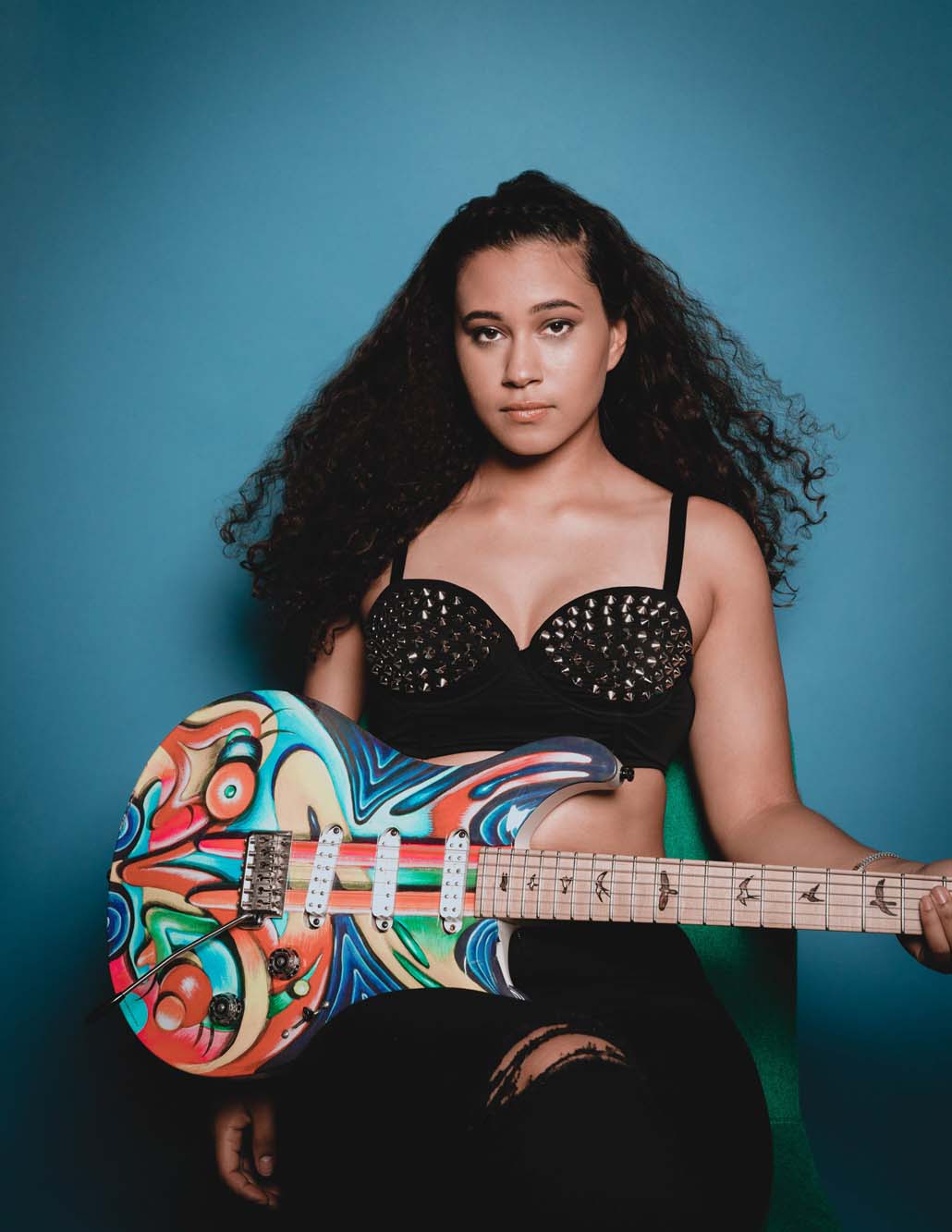
Thinking about online community and exposure, do you feel there are more women, especially women of color, being recognized for their talents in the guitar world?
For sure. It’s a super exciting time for women musicians. I think it also has to do with the rise of social media. I can go on Facebook or Instagram and see someone across the world who’s killing it at guitar, and I can say, “Keep going.” It develops a community among women and women of color. Before, it was such a male-dominated industry, and it still is. But I think the idea of a woman guitarist isn’t as shocking today.
It really does bother me when guys say, “ You’re my favorite female guitarist,” or “You play just as good as the guys.” What is that supposed to mean? No matter if you’re a man or a woman, it [should be] about, “You play really well and I respect how you play.”
What’s next for Simone? Are you releasing more music and visuals similar to “Still”?
I’m really excited to release more music that is vocal heavy and features my lyrics. I’m working on an EP right now where I sing, produce, and play guitar. For a long time, I think I’ve been afraid [of singing]. People have only seen me as a guitarist and I’m respected in that world. When I think about singing and songwriting, I feel pressure to have everything be on the same level. I would never put anything out that didn’t feel authentic, but I sometimes wonder, “Is this good enough?” But I think as artists, we’re always asking ourselves that question.
Ultimately, I just have to be super unapologetic and [say], “This is who I am.”
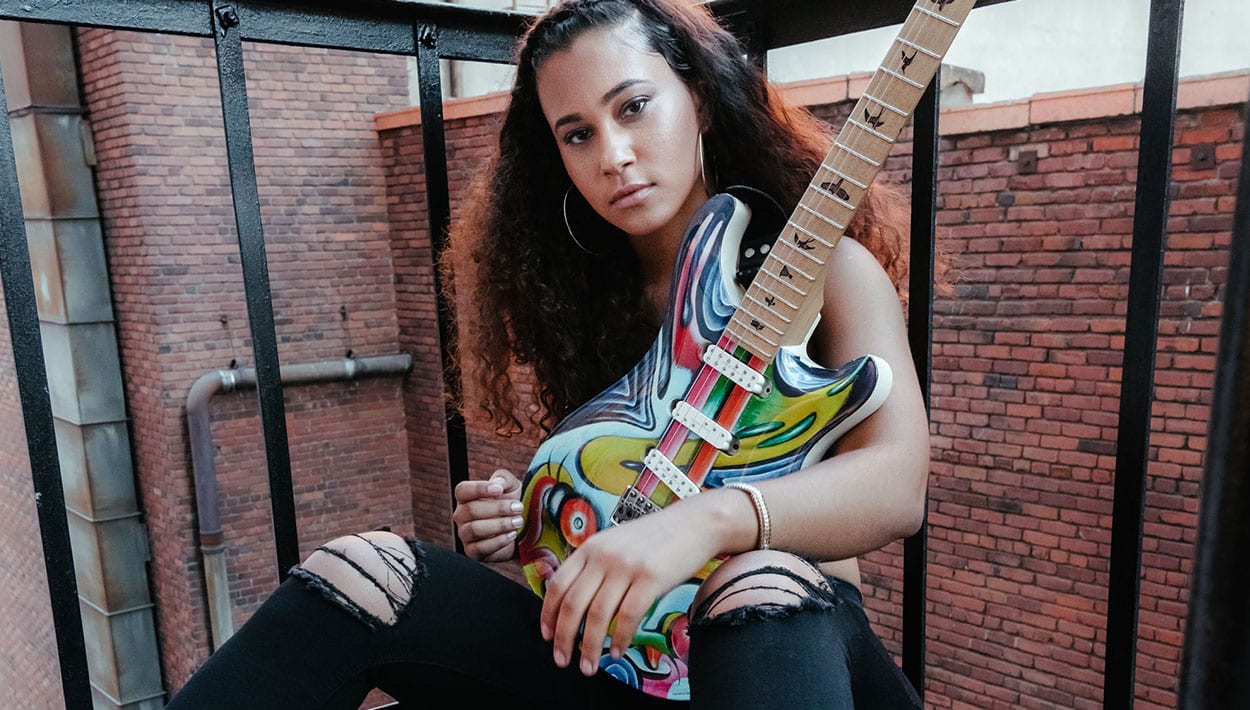

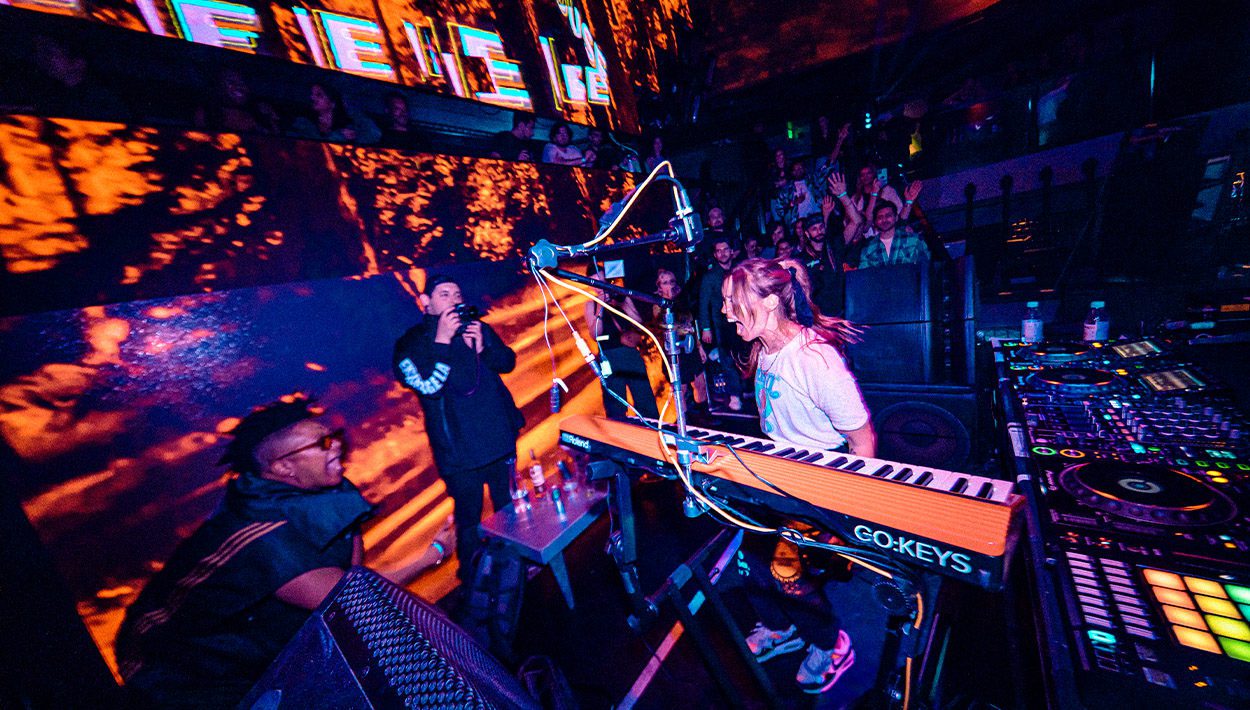
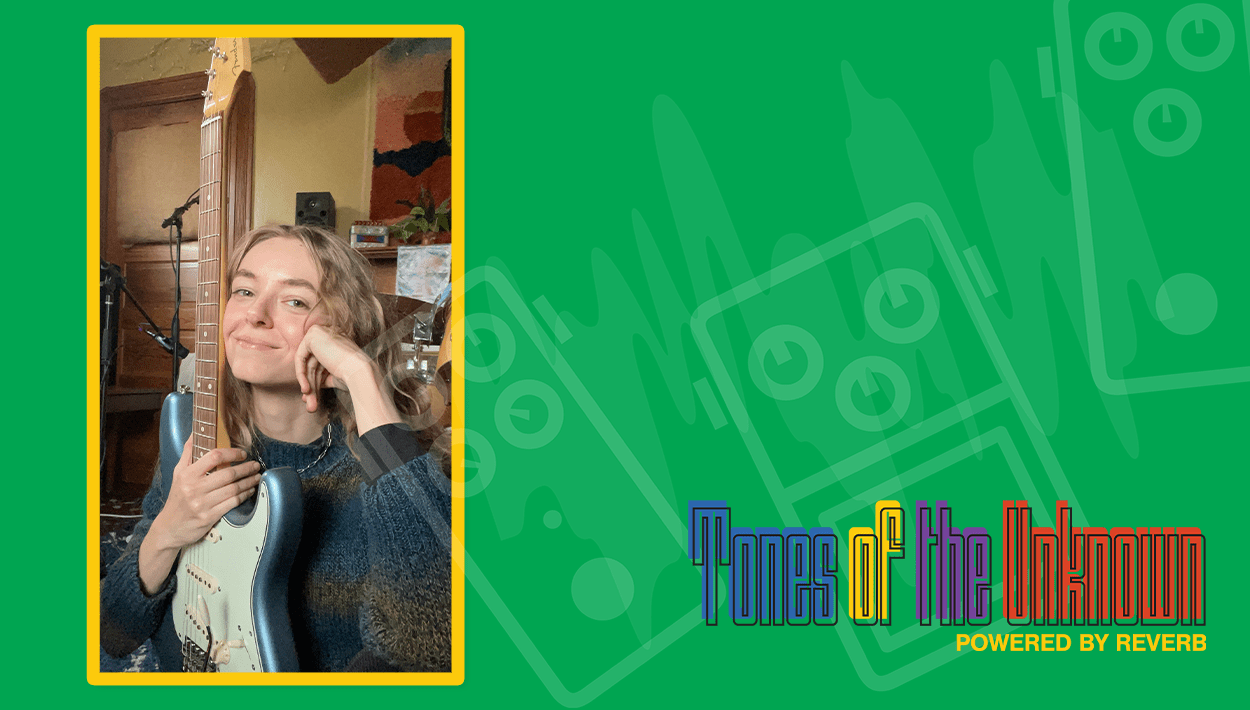
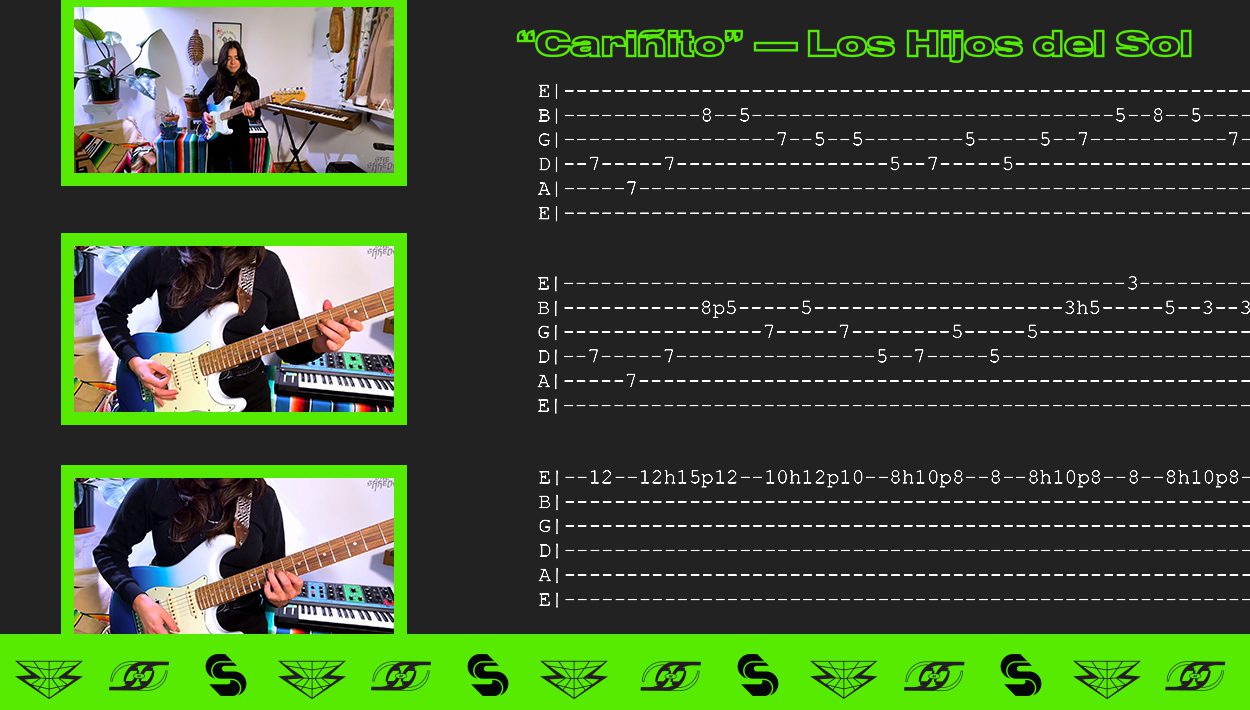
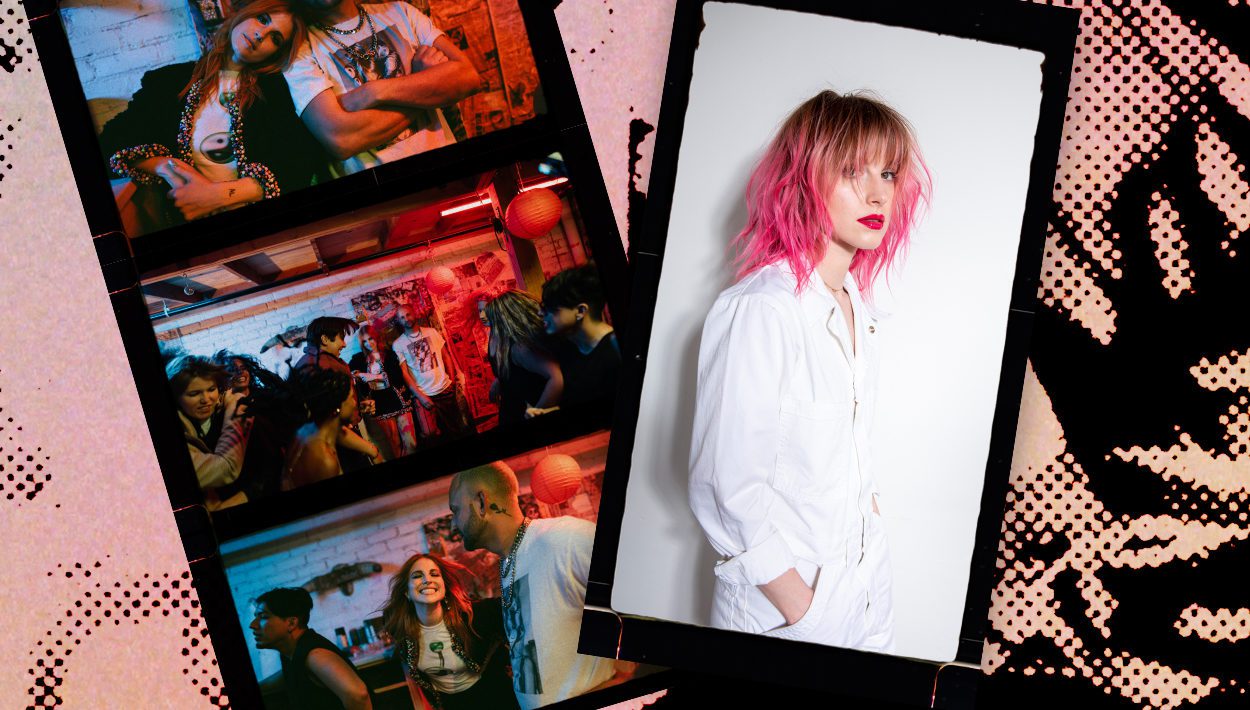

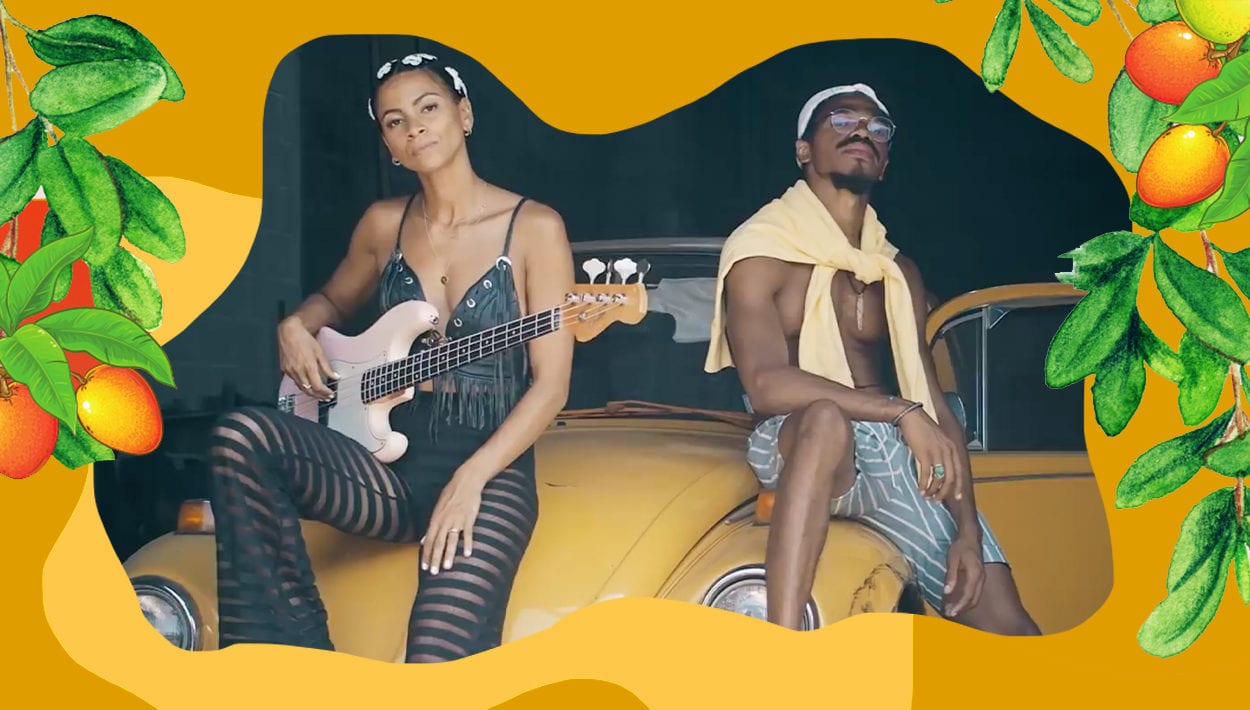
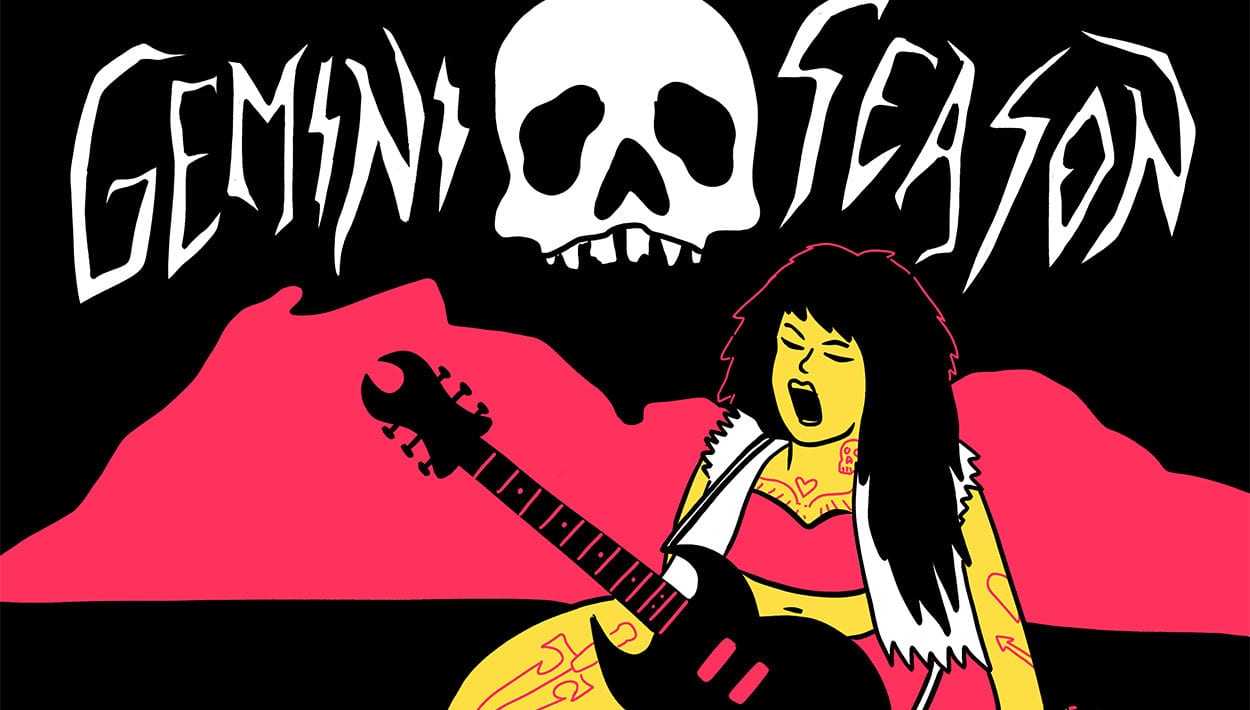

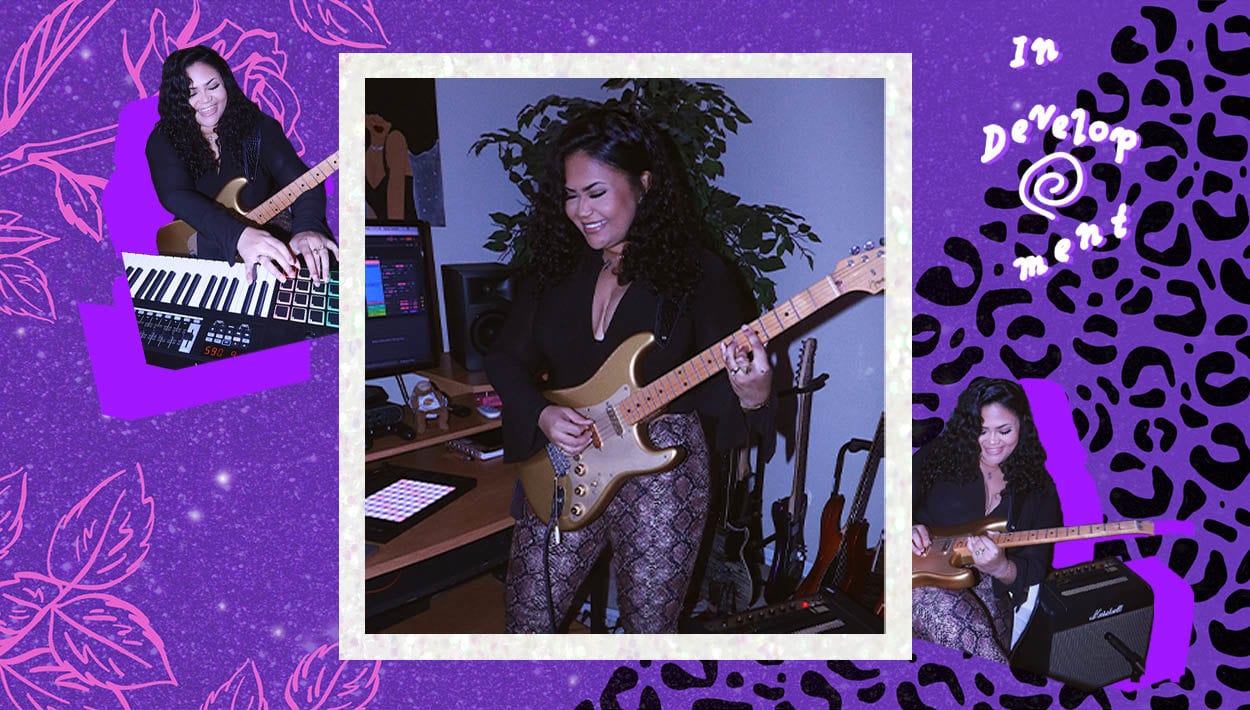
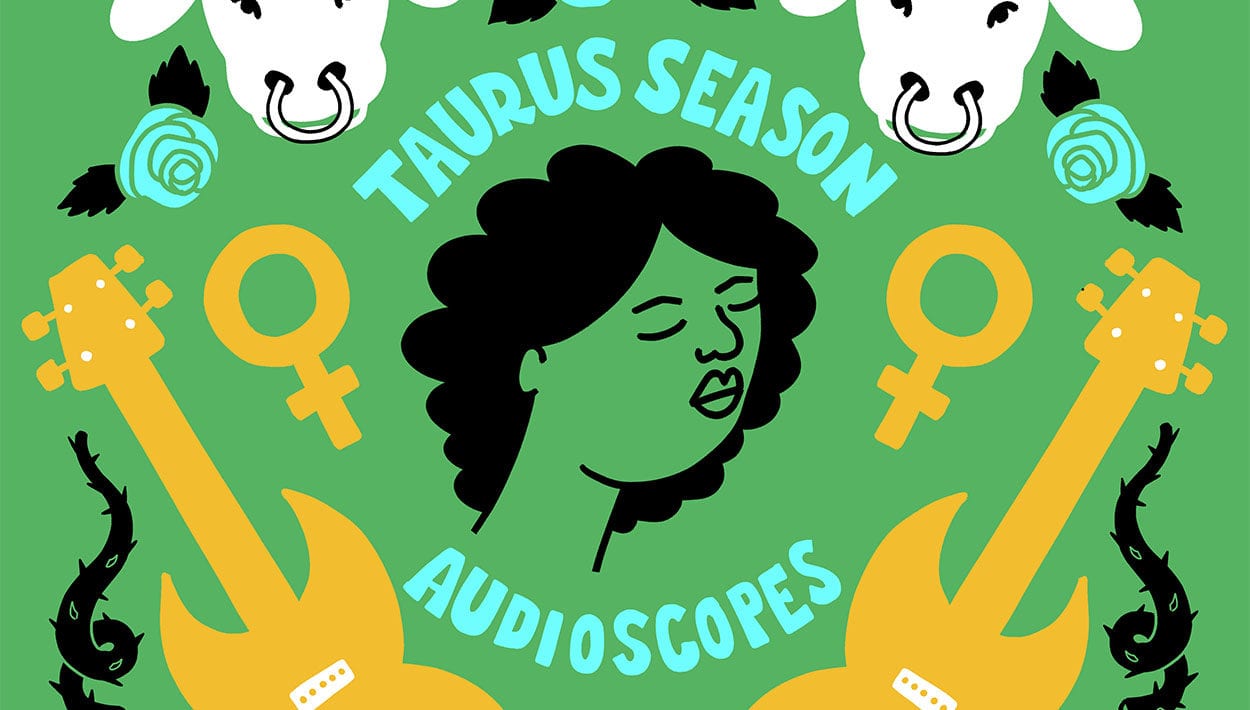


Comments
nice site about relationship https://casanovastyle.com/
Comment by Lola taylor on January 23, 2019 at 6:20 am